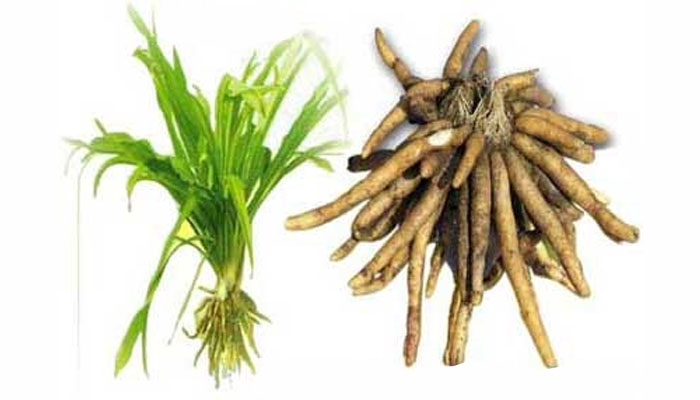USES
Safed Musli is a rare herb from India. It is used in traditional systems of medicine including Ayurveda, Unani, and homeopathy. It is traditionally used for arthritis, cancer, diabetes, boosting vitality, improving sexual performance. There are many other therapeutic uses of safed musli where dried tubers are used as a curative for pre-natal and post-natal illness, arthritis, restorative and a health tonic etc.
CULTIVATION
Safed Musli can be grown in hot and subtropical climate. Normally the agroclimatic conditions suitable for potato, onion and garlic are also suitable for safed musli crop. Well drained soils with rich mineral content is ideal for this crop. Hard and acidic soils are to be avoided.
SPECIES
The flower cluster are dense on the upper part of the scape ; bracts are linear,papery and purplish,1.0,10.5cm long ; pedicle whities & 6-10 mm long. It bears green green to yellow coloured fruit which is almost equal in length & breath.
MARKETING
Globe demand for musli is necessiating the cultivation. As illusstraled,safed Musli is a precious medicinal plant with expanding demand in domestic & internotionl market. forset was the only source, which is fast depleting since over expeloictation Hence its cultivation is must.
HARVESTING
Three to four months after planting, the leaves start yellowing. Subsequently they become dry and fall off and get detached from the tuber/ disc. The moisture level in the soil should be maintained for another two to three months. After this, the skin of tubers mature and it turns dark brown. At this stage the tubers and fingers are dug out.
